The Skeletal System
Function of System:
To provide the structure for movement, protection, support, and calcium storage.
How it aids in homeostasis:
The skeletal system assists in red blood cell production and supports movement, allowing the body to survive and regenerate lost blood or maintain the same level of blood cells as old ones die.
Image of system:
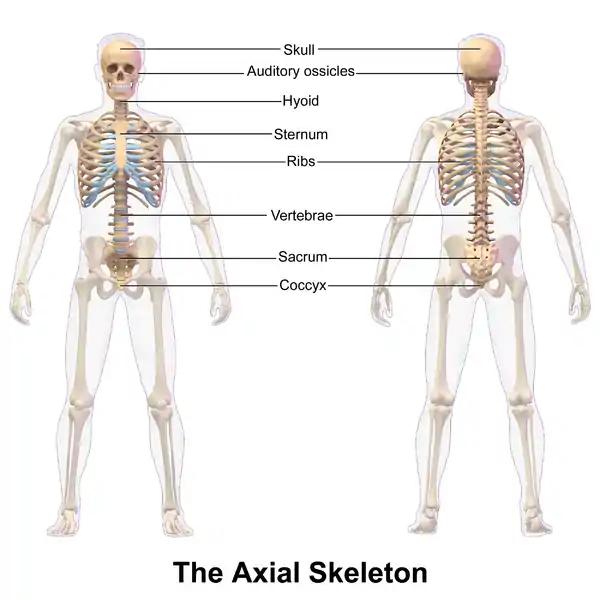
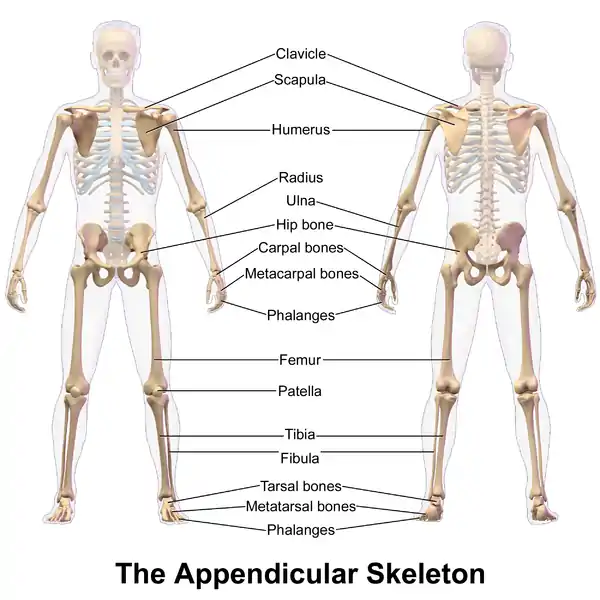
Name and function of Major Organs:
There are 206 bones in the human body. The Axial skeleton includes the skull, which protects the brain from damage and the spine, or the vertebral column, which keeps the spinal cord protected and allows for major torso movements. The Appendicular skeleton hangs off of the axial skeleton and includes the limbs (i.e. arms, legs, hands, and feet, etc.)
Comparative anatomy:
HORSE:
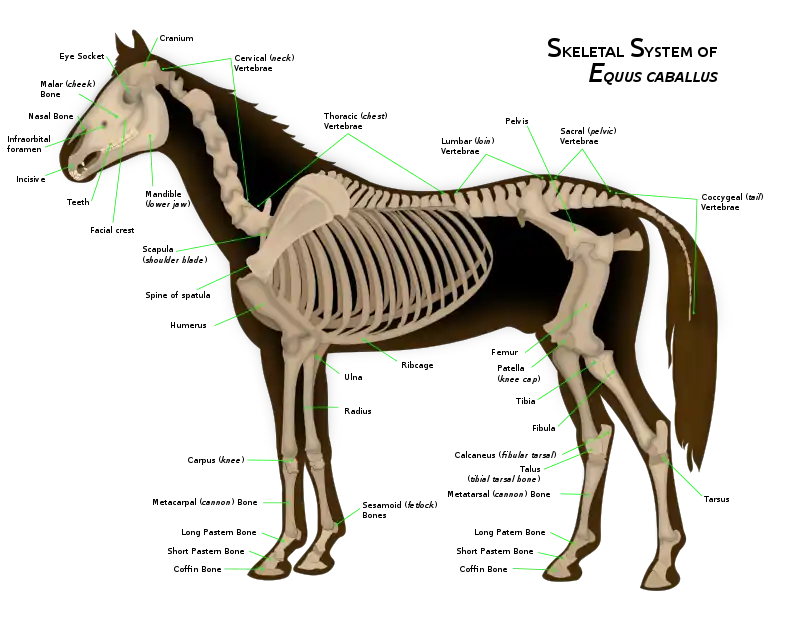
LION:
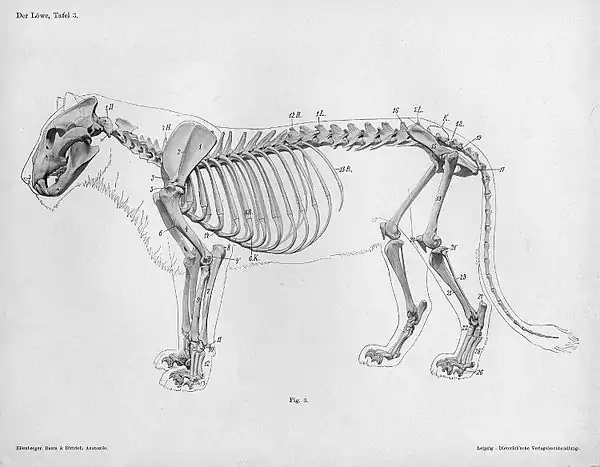
BEAR:
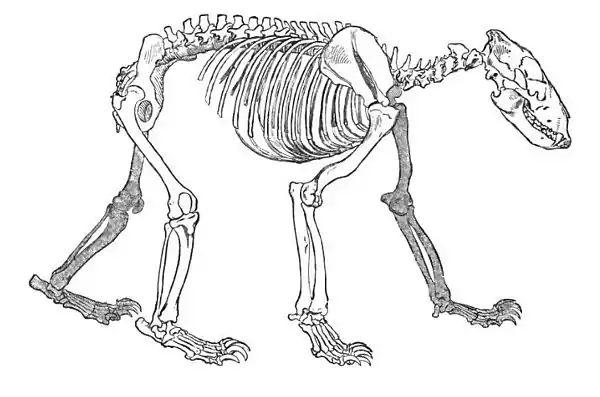
Reference sources (APA):
Zimmermann, K. A. (2016, March 11). Skeletal System: Facts, Function & Diseases. Retrieved April 12, 2017, from http://www.livescience.com/22537-skeletal-system.html
Return to Table of Contents